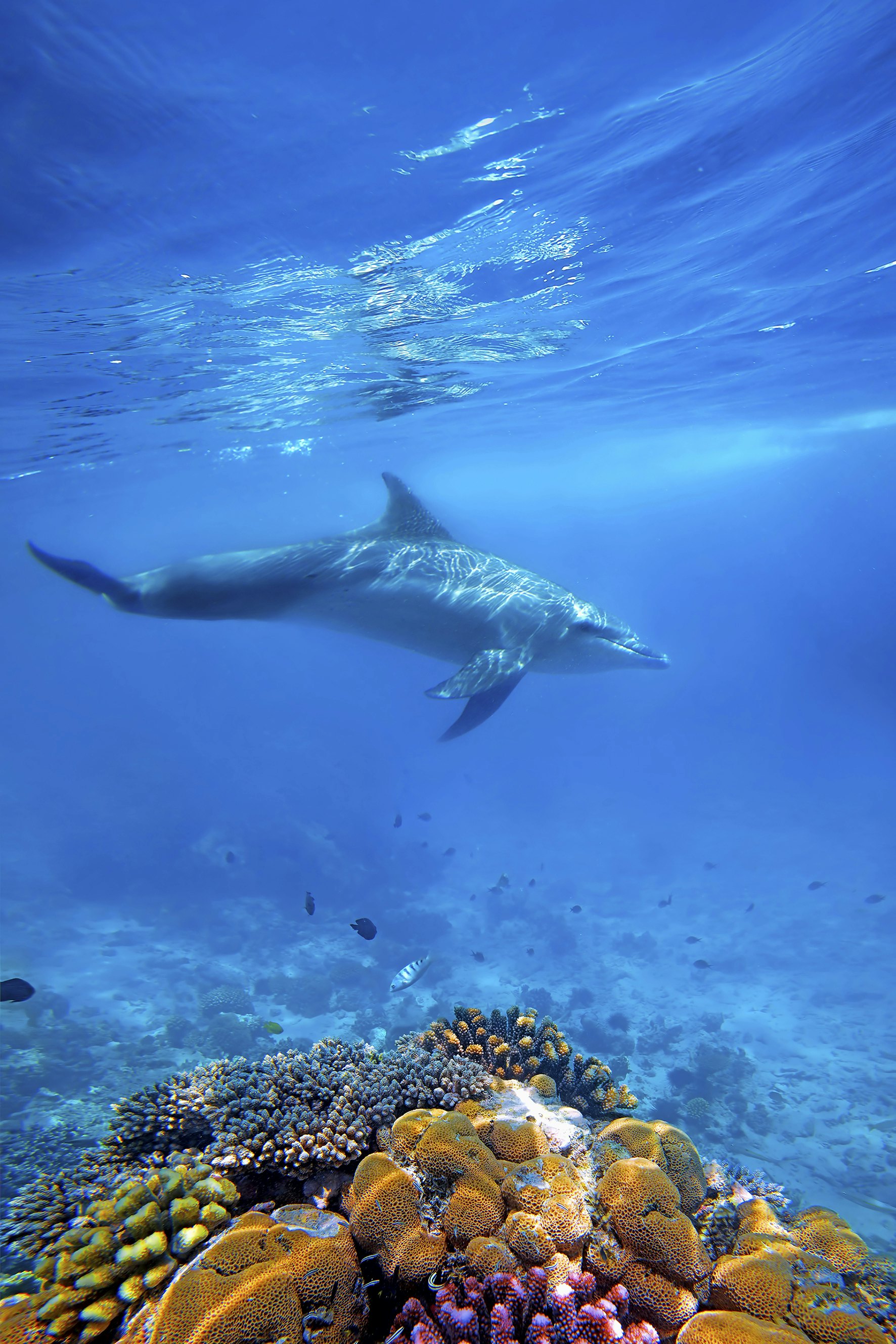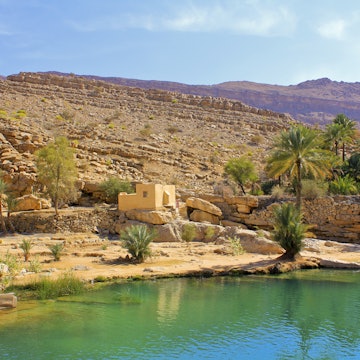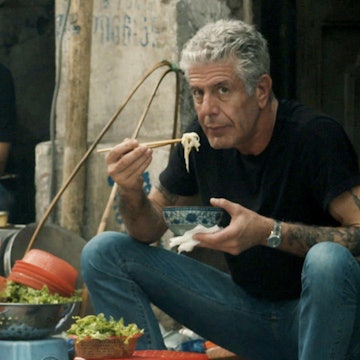

Zanzibar's coast is a picture perfect palette of tropical beach bliss. Den-Belitsky / Getty Images
The allure of Zanzibar is timeless. White sands and turquoise waters ring the island, and African, Indian, Arabic and Persian influences intertwine in Stone Town to form a rich cultural backdrop. If it is your first time visiting Tanzania's most famous island, here are some tips to get started.
1. Beaches
Zanzibar’s beaches are justifiably famous. Fine white sands edge clear turquoise waters, traditional Arabic dhows sail into the dawn, silhouetted against pastel-tinted skies. Coconut palms wave gently in the breeze. Whether as post-safari relaxation or as a stand-alone destination, the beaches on Zanzibar’s east coast and around its northern tip offer a quintessential tropical island paradise. Each beach has its own personality. Paje is known for its kitesurfing. Matemwe has a more chilled vibe, and entices with its powdery sands and glimpses of village life. Nungwi, in northern Zanzibar, sees tradition mix with contemporary life. Fishing boats launch from the beach and dhow builders ply their ancient craft against a backdrop of western-style hotels and partying. Nearby Kendwa shares some of Nungwi’s buzz, but everything is more spread out, and the beach here has the advantage of being swimmable around the clock. Quiet Pongwe is more isolated, and good for getting away from the crowds. Jambiani, with its impossibly turquoise waters and sun-bleached coral-rag houses, is an ideal spot to gain insights into local life.
All the beaches are within a one to two hour drive of Stone Town. Transport in private minivans or public dalla-dallas is frequent and affordable, and it is quite feasible to base yourself at the beaches and explore Stone Town on a series of day trips.

2. Stone Town
Zanzibar Town is the island's main settlement, and the historical old Stone Town is its heart and soul. It's also a wonderful spot to get immersed in island rhythms. Start exploring at Forodhani Gardens, a lively stretch of seafront where Zanzibaris of all ages gather in the early evening to watch the sun go down and enjoy the passing scene. Young men jump from the thick stone seawall into the harbour waters below, children play and women in bui-bui (black shawls) gather to chat. Food vendors hawk sizzling skewers of grilled pweza (octopus), steaming bowls of urojo (a tasty coastal soup) and hot mkate wa kumimina (a filling rice-flour bread).
Just opposite the gardens is the massive Old Fort, built by Omani Arabs when they seized Zanzibar from the Portuguese in 1698. Also here is the imposing House of Wonders, which boasts what are said to be the largest carved doors in East Africa. From the House of Wonders, wind your way through Stone Town’s maze of narrow alleyways, stopping en route at the Palace Museum, with its displays on the Omani sultanate in the 19th century. Other worthwhile stops include the beautiful Aga Khan and Ijumaa mosques, Hamamni Persian Baths – Zanzibar’s first public baths – and the Anglican Cathedral, with its moving Slave Memorial and the East Africa Slave Trade Exhibit. Finish up at lively, crowded Darajani Market, where sellers offer a colourful assortment of textiles, fruit, plastic ware and more. Along the way are plenty of small shops for browsing, packed with curios and fragrant with cloves, cinnamon and other spices.
3. Jozani-Chwaka National Park
Jozani is the largest area of indigenous forest on Zanzibar, and offers a glimpse of the vegetation that once covered much of the island. It is famous for its Zanzibar red colobus monkeys, an endangered species found only here. The forest is also home to other monkey species, plus duikers, bushbabies and over 40 species of birds. Jozani can easily be visited as a day trip from Zanzibar Town, or as a stop en route from town to the beaches. Allow a couple of hours to walk the forest trail and enjoy the nature.
4. Spice tours
In bygone days, spices dominated the economy of the Zanzibar Archipelago. Today, the trade has faded, but going on a spice tour to the plantations that dot the island makes for an enjoyable and informative half-day excursion. On these tours, you will get to see, taste and smell many of the spices, herbs and fruits that grow on Zanzibar, including cinnamon, cloves, vanilla, nutmeg, jackfruit and lemongrass. Tours can be arranged through hotels and local tour companies, and usually include lunch. Some also offer visits to local schools or village cooperatives.

5. Diving and snorkelling
The waters off northeastern Zanzibar offer excellent diving, with rich coral reefs, wall and drift dives and a wonderful array of fish. There is also rewarding diving off-shore from Stone Town, with soft and hard corals and wreck dives. There are many dive companies to choose from in all of the major beach destinations, inluding Nungwi, Kendwa, Matemwe and Paje, as well as in Stone Town. Expect good visibility and water temperatures averaging about 27°C.
Make it happen
Flights to Zanzibar from Dar es Salaam are frequent and fast, taking about 30 minutes and costing between US$45 and US$80 one-way. There are also daily ferry connections to and from the mainland, taking about two hours and costing US$35 one-way. Once on the island, you'll need to go through (usually brief) immigration formalities. Whether arriving by air or by sea, it's a good idea to take advantage of the advance-arrangement pick-up services offered by most hotels, so that a taxi will already be waiting for you.
Zanzibar offers a wide selection of accommodation. In Stone Town, budget travellers can try Jambo Guest house or Lost & Found. Mid-range options include Beyt al-Salaam and Tembo House Hotel, while top-end travellers can try Kisiwa House or Emerson Spice.
On the beaches, try Demani Lodge in Paje or Seles Bungalows in Matemwe for budget accommodation; Mnarani Beach Cottages in east Nungwi or Bellevue Guesthouse, just north of Paje in Bwejuu, for mid-range; and Pongwe Beach Hotel in Pongwe or Matemwe Lodge in Matemwe for top end.
















